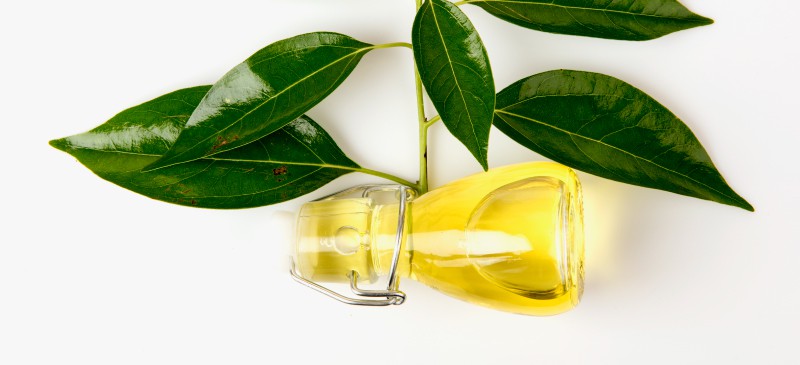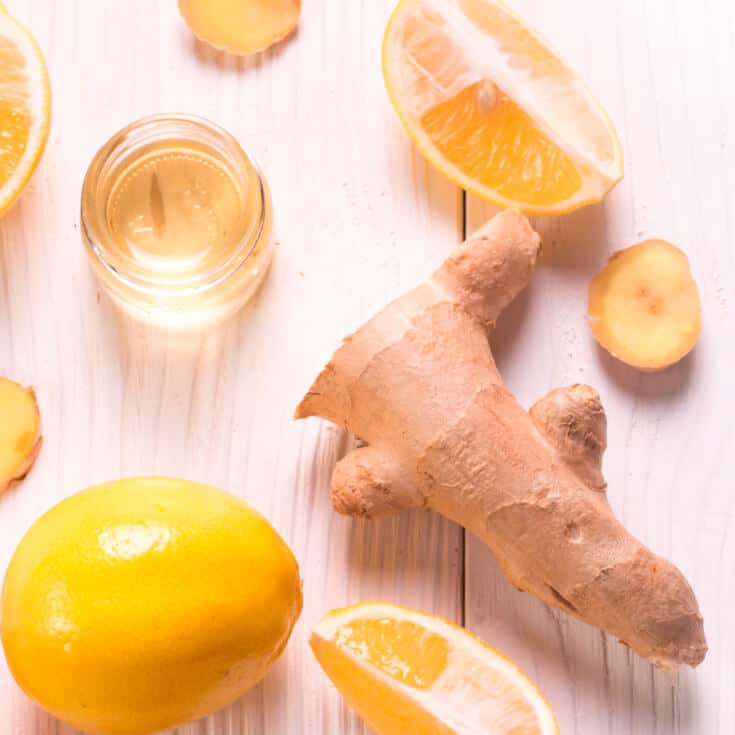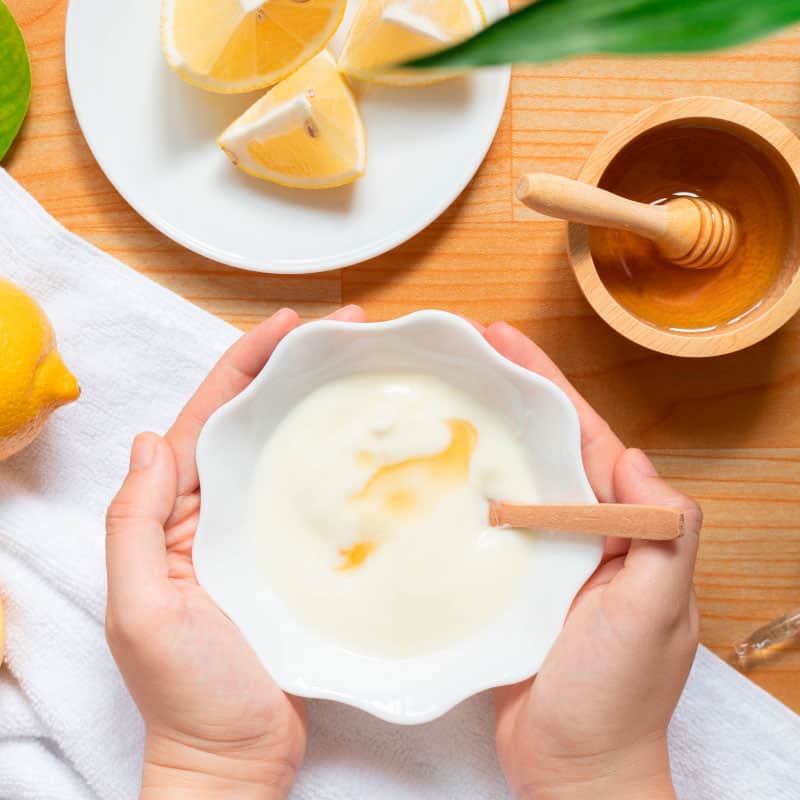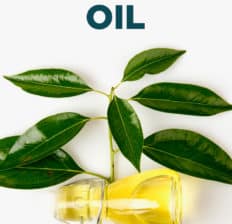This Dr. Axe content is medically reviewed or fact checked to ensure factually accurate information.
With strict editorial sourcing guidelines, we only link to academic research institutions, reputable media sites and, when research is available, medically peer-reviewed studies. Note that the numbers in parentheses (1, 2, etc.) are clickable links to these studies.
The information in our articles is NOT intended to replace a one-on-one relationship with a qualified health care professional and is not intended as medical advice.
This article is based on scientific evidence, written by experts and fact checked by our trained editorial staff. Note that the numbers in parentheses (1, 2, etc.) are clickable links to medically peer-reviewed studies.
Our team includes licensed nutritionists and dietitians, certified health education specialists, as well as certified strength and conditioning specialists, personal trainers and corrective exercise specialists. Our team aims to be not only thorough with its research, but also objective and unbiased.
The information in our articles is NOT intended to replace a one-on-one relationship with a qualified health care professional and is not intended as medical advice.
Camphor Oil for Promoting Skin Health, Reducing Pain & More
June 5, 2021

Extracts from the camphor tree have been coveted since ancient times. Camphor was used traditionally as a fumigant during the era of the Black Death, and it was a valued ingredient in perfumes and embalming fluid.
Today, the tree’s extract is used topically in body care products for relieving pain, inflammation and skin irritation. It is one of the most well-known and widely used aroma chemicals, but it can only be used topically.
What Is Camphor Oil?
Camphor oil extracted from the wood of camphor laurel trees (Cinnamomum camphora) with steam distillation. The extracts are used in a range of body products, including lotions and ointments.
It’s used similarly to capsaicin and menthol, two agents that are commonly added to lotions and ointments for pain relief.
Camphor is a waxy, white or clear solid that has a strong aromatic odor. Its terpene constituents are often used on the skin for their therapeutic effects.
Eucalyptol and limonene are two terpenes found in camphor extracts that are widely researched for their cough-suppressing and antiseptic properties.
Camphor oil is also valued for its antifungal, antibacterial and anti-inflammatory properties. It’s only used topically, as internal use can be toxic.
Types/Varieties
Camphor oil comes in different colors that distinguish what types are safe for therapeutic use. Only white camphor oil, which is clear or has a milky color, is safe for topical application.
Camphor oil may also be yellow or brown, which means that it has high levels of safrole, a compound that has carcinogenic effects and has been banned by the U.S. Food and Drug Administration.
Anything but white camphor oil should not be used because it may be toxic.
Benefits/Uses
1. Promotes Healing
Camphor has antibacterial and anti-inflammatory properties, making it a natural agent for fighting skin infections. It’s often used optically to soothe skin irritations and itchiness and speed up wound healing.
Studies show that Cinnamomum camphora has antibacterial effects and possesses antimicrobial activity. This makes skin care products containing it natural agents for fighting infections and promoting healing.
Creams and body products containing C. camphora are also used to increase skin elastin and collagen production, promoting healthy aging and a younger appearance.
2. Relieves Pain
Camphor is often used in sprays, ointments, balms and creams for relieving pain. It’s able to reduce swelling and pain that affect muscles and joints, and studies show that it’s used to alleviate back pain and may stimulate nerve endings.
It has both warming and cooling properties, allowing it to relieve stiffness and ease discomfort.
It’s also a natural anti-inflammatory agent, so it’s used to ease muscle and joint pain that’s caused by inflammation and swelling. It’s also known to stimulate circulation and has been shown to interact with sensory nerve receptors.
3. Reduces Inflammation
A 2019 study published in Toxicological Research indicates that camphor extract is able to alleviate allergic skin inflammatory responses. For the study, mice were treated with C. camphor leaves on atopic dermatitis.
Researchers found that the treatment method improved symptoms by reducing immunoglobulin E levels, reducing lymph node inflammation and decreased ear swelling. These changes suggest that camphor oil is able to alleviate inflammatory chemokine production.
4. Fights Fungal Infections
Research indicates that pure camphor is an effective antifungal agent. A clinical case series found that Vicks VaborRub, a product that’s made with camphor, menthol and eucalyptus, is a safe and cost-effective alternative for treating toenail fungus.
Another study concluded that camphor, menthol, thymol and oil of eucalyptus were the most effective components against fungal pathogens.
5. Eases Coughs
C. camphora is often used in chest rubs to help ease coughs in both children and adults. It works as an antitussive, helping reduce congestion and alleviating consistent coughing.
Because of its dual warm and cool effects, it can be rubbed into the chest to ease cold symptoms.
A study in Pediatrics compared the efficacy of vapor rub containing camphor, petrolatum and no treatment for children with nighttime cough and cold symptoms.
The study survey included 138 children aged 2–11 who experienced cough and cold symptoms, leading to difficulty sleeping. Comparisons demonstrated superiority of the camphor-containing vapor rub over no treatment and petrolatum.
6. Relaxes Muscles
Camphor has antispasmodic effects, so it can be used to relieve muscle spasms and issues like restless leg syndrome, leg stiffness and stomach cramping. Animal studies show that camphor oil works as a relaxant and can reduce smooth muscle contractility.
Risks and Side Effects
When used appropriately, following the product directions, C. camphora extracts are considered safe when applied on the skin.
While topical use has its benefits, camphor is considered a very toxic substance, and there have been numerous documented cases of camphor poisoning. If ingested, it can cause seizures, confusion, irritability and neuromuscular hyperactivity.
It is not safe to apply camphor oil and products containing the compound to broken or injured skin. If it causes skin irritation or redness, or leads to respiratory problems like coughing, discontinue use immediately.
It’s also important to keep the potent oil away from your eyes.
Do not heat products containing the oil, as it can explode or even burn the skin if applied afterward.
Products/Dosage
Cinnamomum camphora is available in several forms, but it’s always used topically. Internally use can be toxic and even lead to death.
It is used as an ingredient in some well-known products, including Tiger Balm, Bengay, Icy Hot and Vicks VapoRub. It’s used in a range of topicals, including:
- Ointments
- Creams
- Lotions
- Sprays
- Balms
- Vapor rubs
- Liniments
The dosage varies depending on the form. Topical ointments are generally made with 3% to 11% camphor, and for cough rubs, a 4.7% to 5.3% ointment is commonly recommended. Do not exceed 11% in topicals unless advised otherwise by a health care professional.
Conclusion
- Camphor is extracted from Cinnamomum camphora trees and used for a range of purposes, including as a pain and cough reliever, antibacterial and antifungal agent, and skin healer.
- It is only safe to use the ingredient topically. Internal use can be toxic and lead to poisoning or even death.
- You’ll find C. camphora in several products, including vapor rubs, ointments, balms and lotions.
Comments
Please keep comments under 200 characters.











Gre a t info. Love it
I put a spoonful of vaporub into a small crockpot filled halfway w/warm water, breathing in the vapors.
More added as needed.
Is this method safe?
vapor rubs are breathed in. so this is inhaled. is that safe? i’ve used it as ” aromatherapy” to be able to breathe at night, a few drops on cotton in my air purifier about 10 feet away across the bedroom. So is inhaling it safe, or are you calling ingestion “swallowing it” only?
Now where do we purchase quality oils? You told us the benefits but not what exactly what or where to find them!!
Do you think that making a less concentrated extract via maceration of the dried leaves in a carrier oil would create a product with less toxicity?
Good internet information on essential oils. I have your book on essential oils as well. Which brand(s) of oils do you recommend?
Is it any good against moths?
Yes, camphor oil is an excellent moth repellent.
How can it be used to repel mosquitoes? Can it be made into a spray?
Typo in benefits/uses section. ..often used “optically”.. Great article!